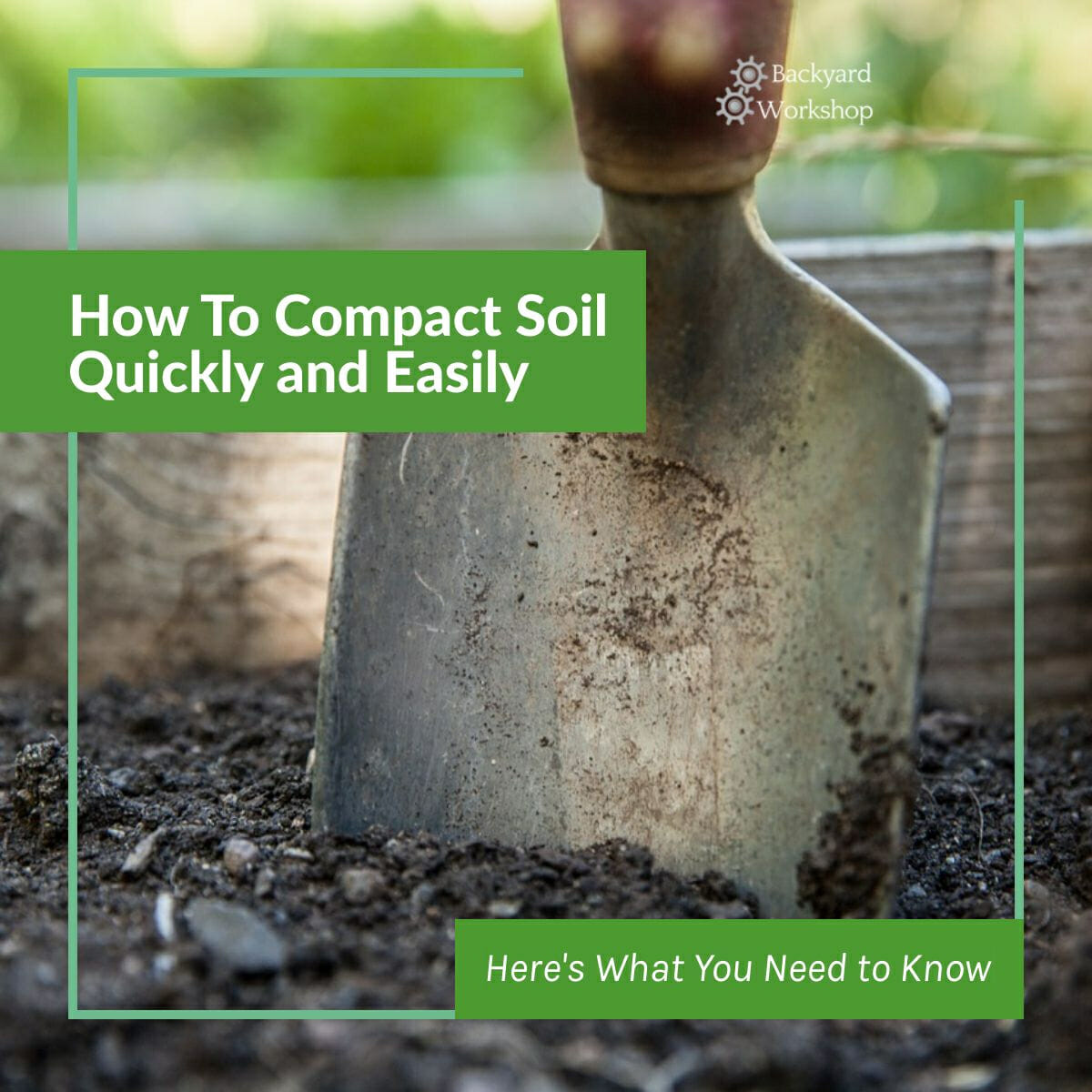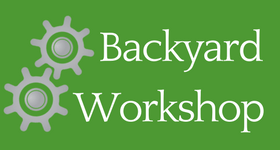How To Compact Soil Quickly and Easily: Here’s What You Need to Know

It’s almost as tough for gardeners to get their soil compaction levels right as it was for Golidlocks to get everything in the bear’s house “just right”.
If the soil is too loose – your plants will flop – and too much soil compaction leads to your plants struggling to survive and thrive. This article will help new gardeners learn how to quickly and easily compact soil so they can enjoy their plantings.
Soil is the foundation of any garden. The best soil will be rich in nutrients, have a loose crumbly texture and has good drainage for water to pass through. Let’s be clear – you can compact the soil too much for your plant’s own good. A healthy garden will have a nice, middle ground – not so compacted that the soil is like concrete and keeps out water and nutrients, but provides enough structure to provide support to fledgling seedlings and plants.

Why It is Necessary to Compact Soil
Gardens can be a lot of work – from digging out the ground, to tilling and fertilizing your soil. Once you’ve taken all this time and effort for hard work, it’s important not to ruin everything by planting in loose topsoil.
Loose soil will settle over time but that doesn’t mean that anything planted there is going to grow well! In order for roots to get deep into the earth, they need some type of structure so they don’t just spread out across the surface area like spaghetti. New plants need something solid beneath them or else water won’t drain properly which leads to root rot as well as plant death (and frustration).
Some compacting of your dirt will also help with weed control. If you have worked at least a season in the garden, you know weeds are a huge problem. Compacting soil will help by providing an unbroken barrier to weed seeds, as well as compressing any that are already present by helping to starve them out and keep them from taking over your precious garden space. It’s not the be-all, end-all solution, but compacting soil should be part of your weed control toolbelt.
Too Much Compacting is Worse Than None At All
You can really inhibit your plant growth if you compact soil too tightly. Heavy soil compaction becomes a particular problem in rainy conditions. Air, water and nutrients will have a hard time getting down to your roots which will lead to a host of problems. Worse, your roots will have to struggle to grow correctly in compacted soil. In highly-fertile soil, only half of the soil particles are made up of minerals like sand, silt, clay soil and organic matter. The remaining half is pore space – where air, water and helpful microorganisms move to deliver nutrients to the roots.
How to Compact Soil
To achieve the best outcomes, it is critical that soil compacting is done right. Follow these easy steps and you’ll be on your way to a healthy, happy garden:
- Start by using a bow rake or broom rake to loosen the surface of the soil, allowing it to loosen. As you do this, be sure to also take out the rocks that you can see on the surface. Turning these clumps of dirt can help kloosen up the ground to provide room for oxygen, nitrogen and other nutrients to penetrate slowly to to root system. Ait pockets are a good thing!
- Now that you are done raking, lightly sprinkle water on the top. Avoid saturating the soil! Depending on the soil type, high moisture content and saturating the ground easily lead to over compacting. If in doubt, error on the side of too dry versus too wet. A garden hose can be used, but see to it that the nozzle will produce only low pressure. You want to ground to be slightly damp, yet still crumble when you compress a ball of it in your hand.
- Once the soil is “crumbly”, you can begin to work in organic material in the upper layer (if necessary). A good tiller can be used if you feel comfortable – or you can simply mix it in with a shovel and some elbow-grease. You do not need to go deep wth the tiller – that will usually defeat the purpose and create more garden work for you down the road.
- Finally, plant your seeds or new seedlings. Once you have place soil around the base of the plant, lightly tamp down on the surface soil around the base. You don’t need much compaction force – a little force on the soil crust will provide enough support for the roots and plant to be able to grow up healthy and strong. You can use a hand tamper or the end of a hoe – or even your own hands.
So there’s the steps to quickly and easily compact soil! Now you can have a higher yield with your garden in no time. Good Luck, happy gardening!

